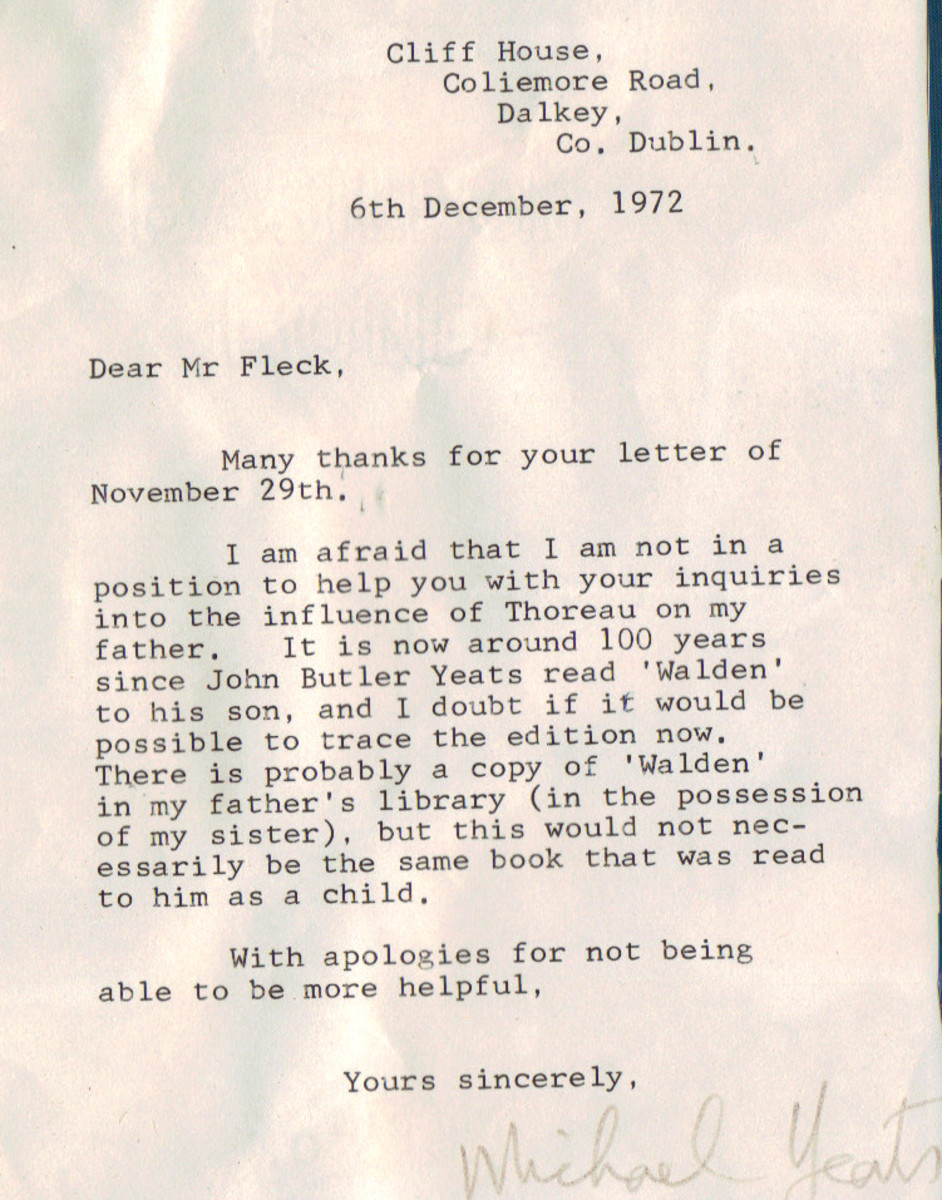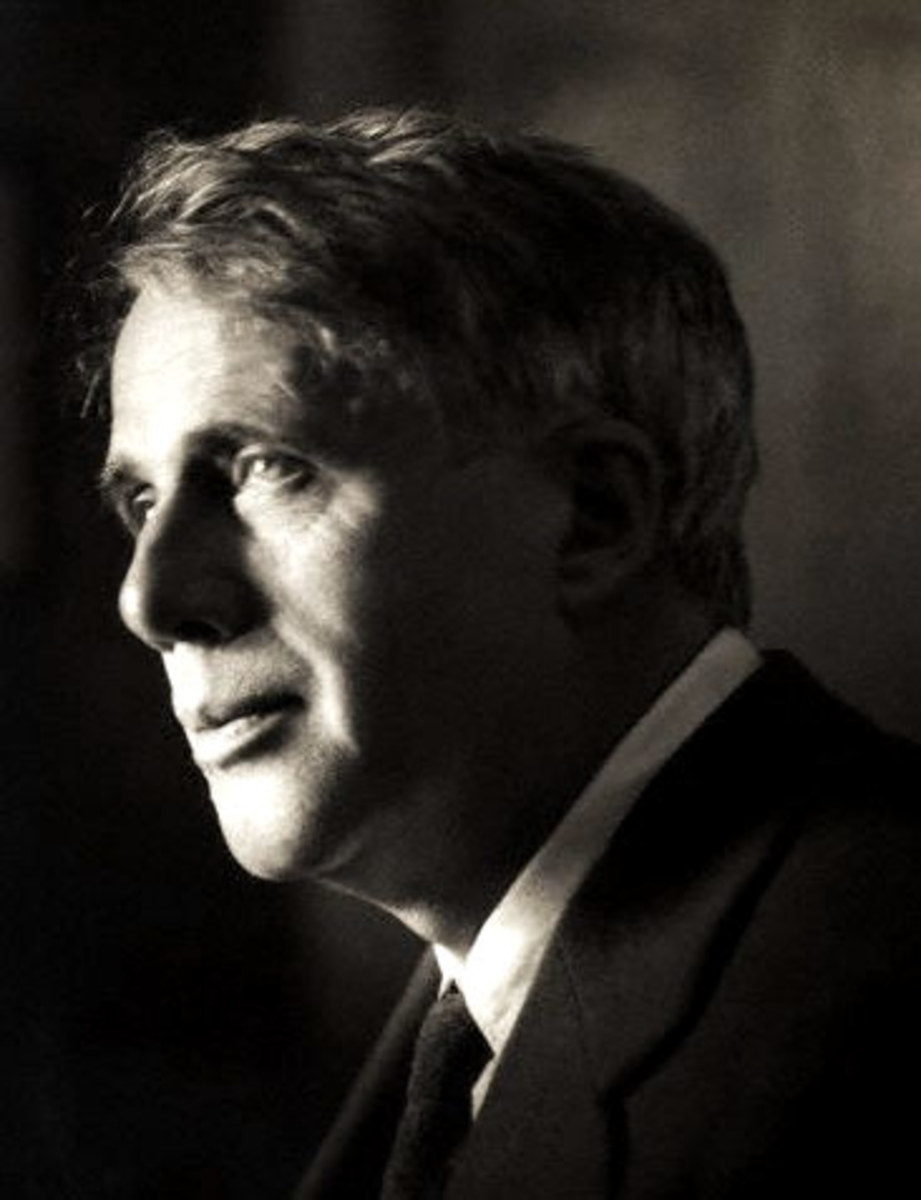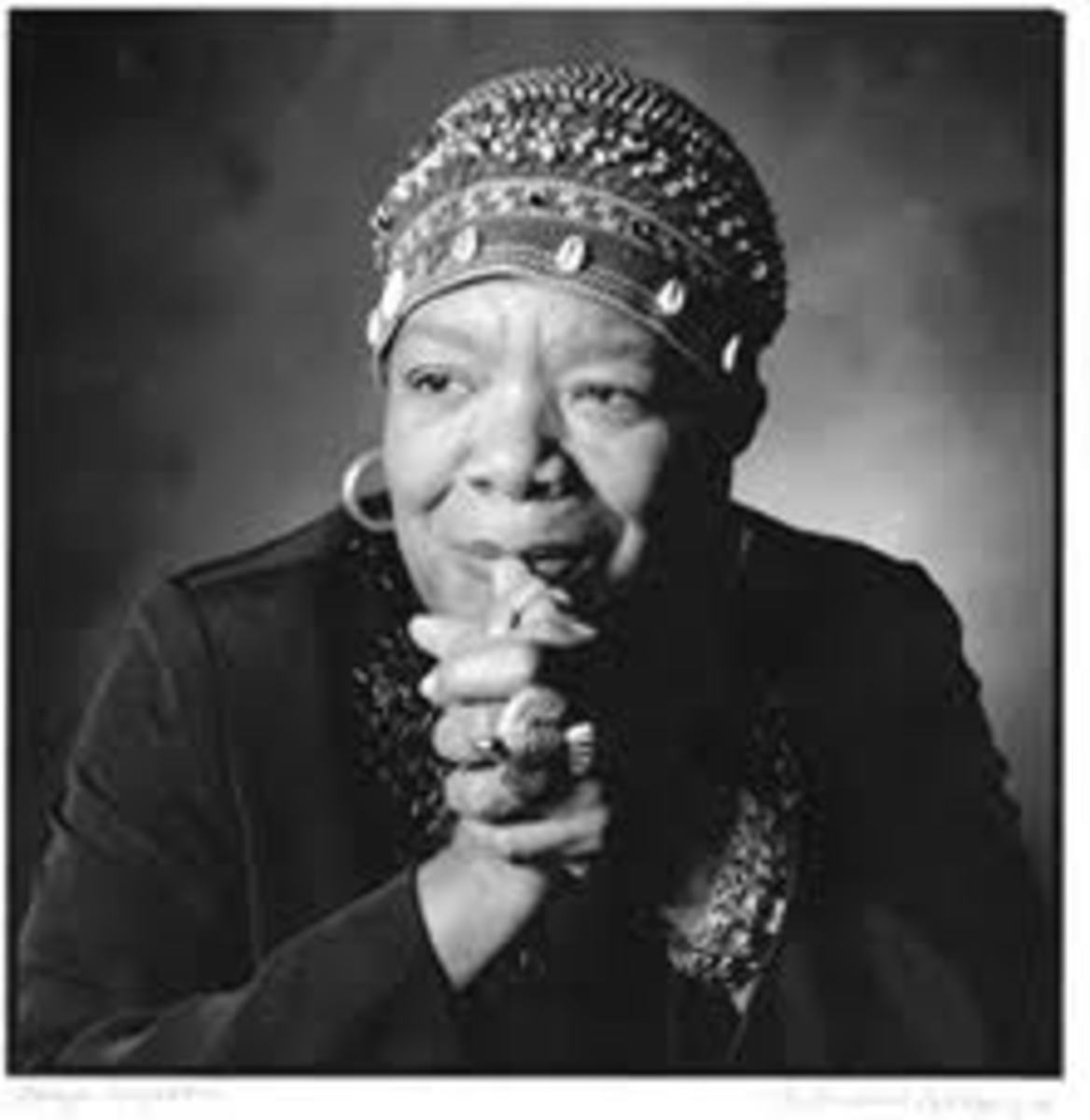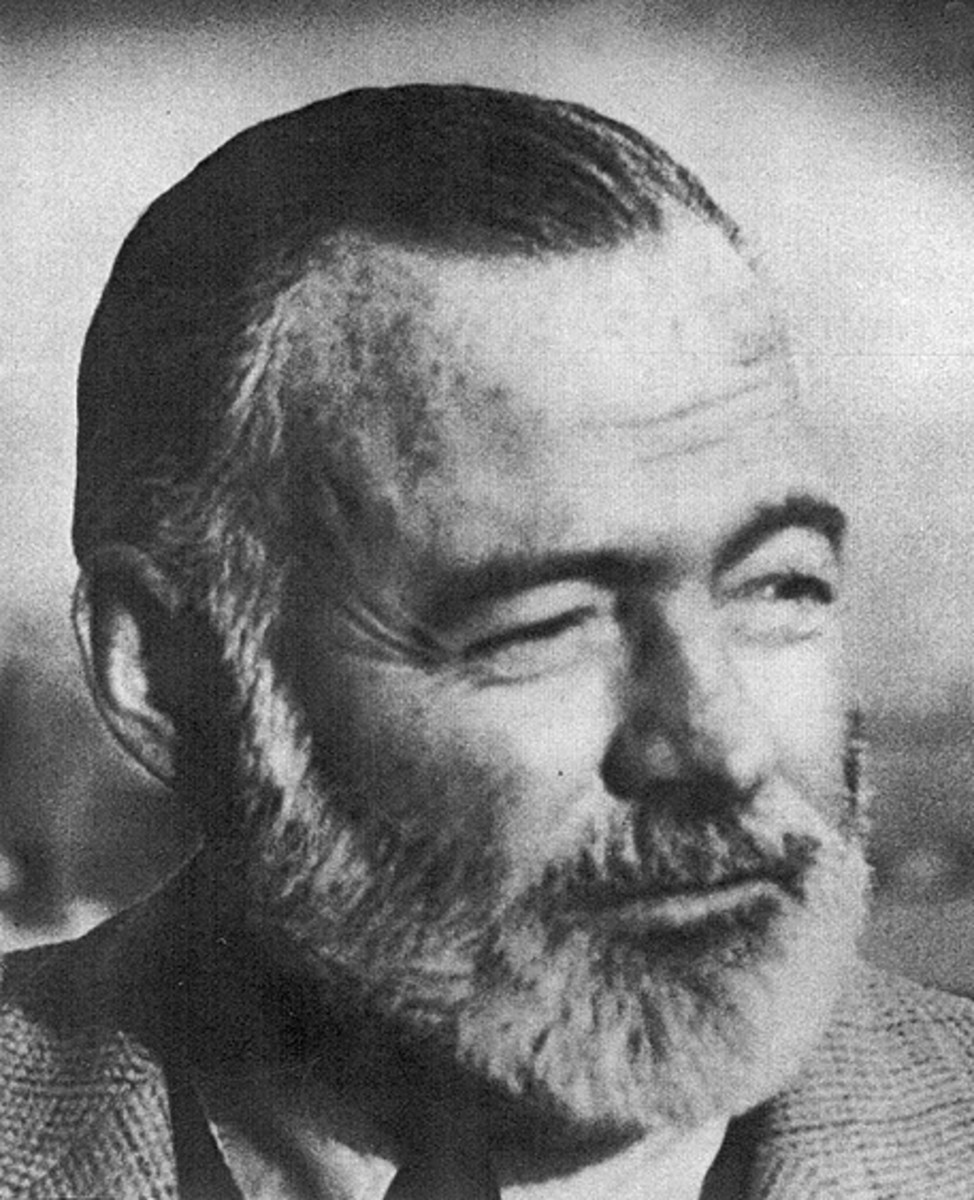- HubPages»
- Books, Literature, and Writing»
- Literature»
- American Literature
American Autobiographies: Alienation and Liberty
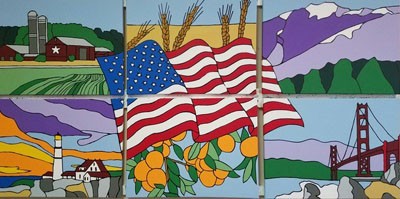
Alienation and Liberty in American Autobiographies
From the birth of the United States through the Declaration of Independence, to the construction of the U.S. Constitution, to contemporary housing laws in American metropolises, the idea of liberty has always been noble. The American government, although it has always been fractured into warring political ideals— today it is republicanism, liberalism, and libertinism— every political party and president since endorsed the importance of individual rights and freedoms. This encompasses human’s basic rights to “life, liberty, and the pursuit of happiness” and well those outlined in the Bill of Rights (Thomas, 2012). Even so, over the course of American history liberty has clearly been denied to many groups of individuals within American society. Minorities living in the United States from the early 19th century to contemporary times have faced both alienation and oppression under popular American ideologies. By studying American autobiographies, readers may be particularly enlightened by how these minority authors construct their own cultural identities as well as define the concept of liberty during these trying times.
Political Alienation: Henry David Thoreau
Henry David Thoreau was a white male American alienated for his political views during the mid-19th century. His Transcendentalist views in epistemology and metaphysics ultimately influenced his perceptions of the role of humans within nature and society. In other words, Thoreau blends his philosophies on man with his philosophies on nature to create a perspective of the universe in which "heaven in under our feet as well as over our heads" (Thoreau, 1999). Essentially, Thoreau realizes himself as Emerson's transparent eyeball—a walking, working vessel that is simply a faction of a greater spiritual system. Even though Thoreau places himself at the center of this universe in which "men are born to succeed, not to fail," an individual’s cumulative life experiences can never become purely objective or divine. In other words, "the universe is always wider than our views of it" (Thoreau, 1999). This attitude likely captured his relationship with nature in his writings.
Like other transcendentalists before and after him, Thoreau viewed nature as a basin of sublimity. The beauty of nature was a testament to moral law, and yet the ferocity of nature was a reinforcement of the concept of justice. Unlike society, nature was the closest thing to divinity to the transcendentalists. Thus, Thoreau's spiritual quest of self-actualization and pursuit of truth had to occur in the wilderness at Walden Pond; hence why Thoreau has such a strong focus and connection to nature and its prominent themes. This is also, however, the very way of life that alienated him from society and enabled the authorities to “seize and put [him] into jail” for tax evasion (Thoreau, 1999). Thus, in a sense Thoreau’s autobiographical story is also one that highlights religious oppression as well because his incarceration prevented him from acting in accord with his religious beliefs. Nevertheless, Thoreau’s concept of civil-disobedience would forever alter Americans’ conception of liberty and justice and aid many American activists fight oppressive systems of American society during the rest of the 19th century and throughout the 20th century.
Racial Alienation: James Alan McPherson
James Alan McPherson's life was shaped by segregation. In fact, "it [was] impossible for [one] to have been born in the South of the forties and not have experienced specific incidents of racial oppression (McPherson, 1999). This sense of a divided society seeps into his literary content throughout his narrative "Going Up to Atlanta." His general perspective on segregation is characterized by a feeling of inferiority. McPherson was often told that his "only trouble [was that his] father was the wrong color," and—because of this— McPherson's narrative expresses a mixture of both fear of and an unconscious desire for whiteness (McPherson, 1999). This paradox is known as double-consciousness, according to the African-American scholar W. E. B. Du Bois, which is essentially an ambivalent clash of opposing ideologies within an individual (Riederer, 2015). Thus, McPherson's double-consciousness is both one where he sought to "[keep] his contacts with white people to a minimum" and yet also valued the authority of "influential people in the white community" (McPherson, 1999). This strange desire for detachment with a persisting admiration from afar in regard to white people exemplifies McPherson's admixture of racial pride and shame. On one hand, McPherson blames his father for many of his failures as a father and professional, and yet on the other hand he also realizes that his "father had been unjustly denied an electrician's license" by the white authorities (McPherson, 1999). By the conclusion of his narrative McPherson still possessed an enigmatic position of a "positive-negative," in which he reinforces his racial pride by praising his father and honoring his legacy, but yet still expresses sorrow for the black communities' place as an "abyss of despair" (McPherson, 1999). This position of self and communal uncertainty is a product of racial oppression perpetrated by southern segregation.
Gender Alienation: Elizabeth Cady Stanton
Elizabeth Cady Stanton led a very political life in the sense that she actively sought to include the political ideals that she endorsed to the public in her private life abolish social structures that marginalized women. Perhaps the most prominent feature in Stanton's autobiographical narrative "Eighty Years and More" that exemplifies this political crossover between Stanton's public and private spheres was 19th century women's fashion. During the 19th century, Women's clothing was simply another patriarchal constraint on society; the impractical and restrictive clothing women were expected to wear in public was in "sore need to reform" (Stanton, 1999). In response, Stanton's contemporaries developed the 'Bloomer' which proved to be "exceedingly convenient for walking in all kinds of weather" for 19th century American women and it was like being "set free from [one's] ball and chain" (Stanton, 1999). Even so, however, this personal defiance against traditional fashions and patriarchal structures also came with social repercussions. For instance, "while few realized [the Bloomers] advantages, the many laughed it to scorn" to the point where "the physical freedom enjoyed did not compensate for the persistent persecution and petty annoyances suffered at every turn" (Stanton, 1999).
Even though "A few sensible women, in different parts of the country" did find Stanton's political views and odd ways of fashion to be especially convenient and practical during the mid-19th century (Stanton, 1999), most American women by adulthood already internalized patriarchal ideologies and accepted themselves are inferiors. Not only men criticized the Bloomers Stanton and her contemporaries wore either; "Many men and women [italics added]" would publicity mock those who wore them (Stanton, 1999). Thus Stanton's efforts seemed to tug and pull women in two directions. On one hand, she made open-minded women find a way to express their liberties and rebel against patriarchal structures; yet, on the other hand, she also may have scared away women from realizing this liberty because of the fear from social implications associated with personifying their political beliefs through radical fashion. In retrospect, Stanton's experiment "did not realize the success [she] hoped for" and this could have been a result of their aggressive approach to change women's fashion (Stanton, 1999). Nevertheless, in the face of gender oppression, Stanton’s personal and public achievements were bold and daring; she was a true revolutionary figure and a visionary determined to elevate the rights and dignity of American women.
What Does it All Mean, Anyway?
Having such drastic purposes for writing their autobiographies— as well as being separated by time and space— Thoreau, McPherson, and Stanton’s definitions of liberty can by no means be identical, or even compatible. Even though each author stresses similar concepts, each one is construed differently according to its time and place. For instance, Thoreau’s idea of liberty was influenced by his religious views on nature and value on self-reliance; McPherson’s idea of liberty is heavily rooted in his values of family and community; and lastly, Stanton’s idea of liberty comes from her experiences living in under a strict patriarchal regime during a traditional and sexually repressed time in American history. Thus, it is no wonder that their definitions are so different. One thing is for certain, however, each one does suggest that liberty must be earned and fought for: liberty is not passively given nor taken.




